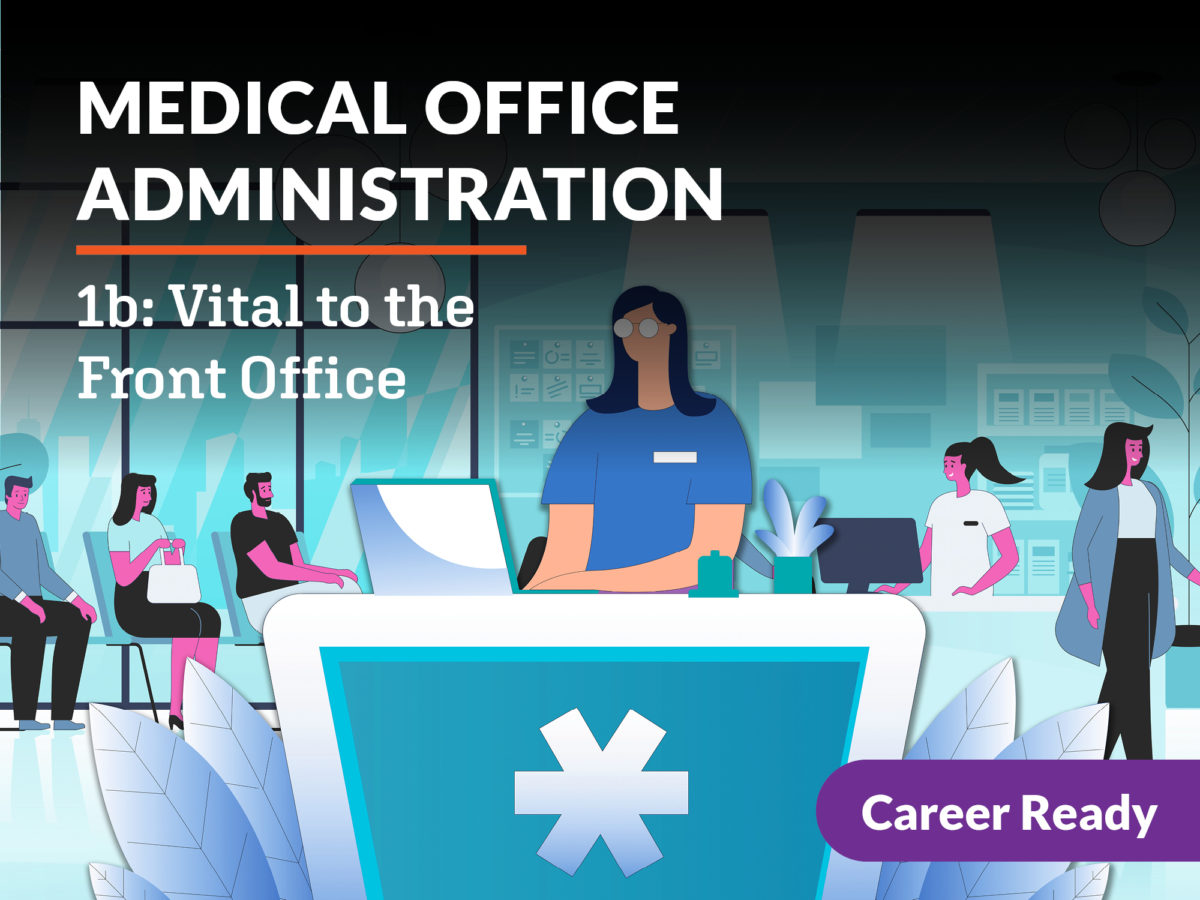A Complete Guide to Medical Administration Certifications and Qualifications
A Complete Guide to Medical Administration Certifications and Qualifications
Blog Article
Finest Practices in Medical Administration for Improving Effectiveness and Minimizing Prices
In the ever-evolving landscape of medical care, the search of best methods in clinical management is vital for boosting performance and curbing costs. By incorporating innovative technologies such as digital health and wellness documents and telemedicine, healthcare providers can streamline procedures and boost client treatment.
Leveraging Advanced Modern Technology
The integration of digital solutions into healthcare systems has changed the method facilities run, improving processes and boosting client treatment. By systematizing person information, EHRs remove the demand for troublesome documentation and help with smooth interaction amongst healthcare service providers.
Telemedicine is one more technical development that has reinvented individual communication. It offers convenience for both individuals and medical care professionals by enabling remote examinations, which can lower the requirement for in-person sees and enhance appointment organizing. Additionally, telehealth systems can prolong healthcare accessibility to country or underserved areas, bridging spaces in treatment delivery.
Furthermore, using Expert system (AI) and artificial intelligence is becoming increasingly widespread in predictive analytics, permitting early discovery of potential wellness problems and even more educated decision-making. These innovations, when incorporated efficiently, can improve diagnostic precision and personalize patient treatment plans, ultimately bring about enhanced healthcare end results and operational efficiency.
Optimizing Resource Allotment
By tactically handling resources such as personnel, tools, and funds, medical care centers can substantially improve their operational efficiency, boost person results, and minimize unnecessary expenditures. The initial action in enhancing resource allowance includes carrying out a detailed evaluation of current assets and identifying locations where resources may be underutilized or overextended.
Prioritizing resource allotment based on individual demands and service needs is crucial. This entails aligning sources with high-demand areas, such as emergency situation treatment or specialized treatments, to make certain prompt and effective individual care. Applying versatile staffing versions can likewise maximize labor resources by adjusting employees allotment in feedback to changing person quantities. Additionally, accepting telemedicine and various other technological remedies can minimize physical source constraints by supplying alternative opportunities for patient-provider interactions.
Monetary resources must be diligently kept track of and allocated with critical insight to support both short-term functional demands and long-term institutional goals. This includes investing in training programs that improve team competencies and adopting energy-efficient methods that reduce operational prices (medical administration). Ultimately, a maximized resource allocation approach cultivates a sustainable medical care environment that is responsive, effective, and economically sensible
Streamlining Operations Processes
When healthcare centers purpose to enhance functional performance, streamlining workflow procedures comes to be a pivotal focus. Effective workflows reduce redundancy, get rid of unneeded actions, and boost control amongst medical care specialists. This strategy not just accelerates solution distribution yet additionally boosts the high quality of individual treatment.

Following, modern technology combination plays a substantial role in enhancing workflows. Executing digital health records (EHRs) and digital physician order entrance (CPOE) systems minimizes paperwork, reduces human mistake, and ensures information is obtainable to all relevant workers. Furthermore, leveraging telemedicine systems can streamline client examinations and follow-ups, decreasing the stress on physical facilities.

Ultimately, structured operations bring about cost reductions and enhanced client fulfillment, promoting a much more sustainable healthcare environment.
Enhancing Information Monitoring
Structure upon structured process, optimizing data management comes to be an essential part in progressing health care administration. Effective data management systems are vital for preserving precise client records, improving decision-making, and guaranteeing compliance with regulatory standards. By executing robust data monitoring options, health care centers can enhance the top quality of person treatment while simultaneously reducing operational costs.
One trick facet of boosting data management is the assimilation of innovative electronic health document (EHR) systems. These systems promote the smooth exchange of person information throughout various departments, decreasing replication of tests and minimizing errors. A well-designed EHR system supports information analytics, enabling doctor to recognize trends and make notified choices pertaining to person treatment.
In addition, guarding individual information is paramount. Adopting detailed cybersecurity measures, consisting of security and regular audits, makes sure the honesty and privacy of delicate details. This not only safeguards people but likewise preserves the institution's track record.
Purchasing team training is another vital variable. Educating health care professionals on data monitoring techniques improves their capability to properly utilize innovation, bring about improved individual end results. In final thought, boosting information management with advanced technology and detailed training is essential for achieving effectiveness and price reduction in medical administration.
Fostering Collaborative Communication
An important part beforehand medical administration is fostering collective communication among healthcare experts. Efficient interaction is vital for ensuring seamless client care, optimizing therapy results, and lessening errors. By encouraging open discussion and control across multidisciplinary teams, medical care companies browse around these guys can improve their operational efficiency and minimize unneeded expenses.
Central to this method is the integration of interaction innovations such as electronic wellness documents (EHRs) and protected messaging systems, which assist in the fast exchange of essential patient details. These tools enable medical care service providers to accessibility and share data in real time, making certain that all go now team members are educated and lined up in their decision-making procedures. In addition, routine group conferences and interdisciplinary rounds can even more promote a culture of partnership and accountability.
Training programs concentrated on boosting communication abilities are additionally important. These programs can help personnel establish the ability to share info clearly and pay attention proactively, therefore decreasing misunderstandings and promoting a supportive job environment. On top of that, taking on standardized interaction procedures, such as SBAR (Scenario, Background, Assessment, Referral), can simplify the exchange of info, guaranteeing that important details are conveyed succinctly and efficiently. Eventually, cultivating collaborative communication results in boosted medical care shipment and cost savings (medical administration).

Conclusion
Integrating sophisticated innovation, such as digital wellness documents and telemedicine, along with maximized source allocation and structured workflow procedures, is essential for enhancing efficiency in medical administration. Efficient data management and promoting collaborative interaction among health care teams are crucial for minimizing redundancies and improving treatment high quality. By prioritizing preventive treatment and taking part in high quality improvement campaigns, medical care organizations can achieve substantial price savings and boosted individual outcomes, thereby ensuring link lasting health care delivery in an increasingly intricate atmosphere.
Report this page